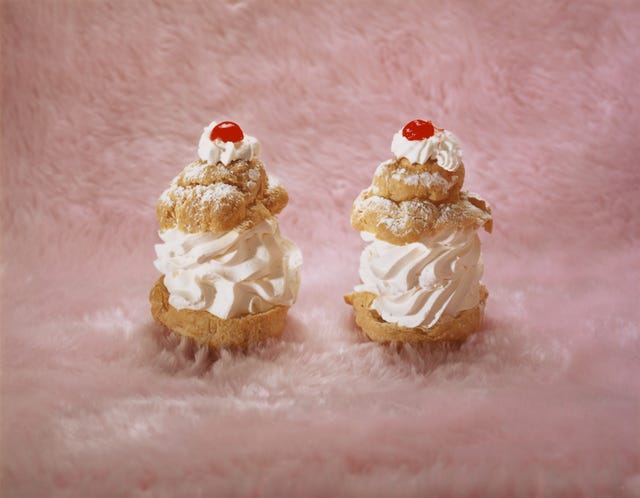Sanja Iveković brings “Gen XX”, a political reportage on which she worked for four years, to Los Angeles. Six portraits of women staring at the camera, with a proud and uninhibited gaze. The anti-fascist heroines who brazenly besiege the most famous advertising campaigns, overlapping the brands that have commissioned them. Glossy, sickly campaigns, spokespersons for an impossible aesthetic, taken to extremes in the series by Hank Willis Thomas, "Fair Warnings", of 2010. A project that, once again, opens to reflection: starting from basic reasons up to the distortion of the meaning of a language that has so far been undisputed and accepted by most. Different narrators and different ways of telling a path to undermine the preconceptions of high art and the categorizations that derive from it. A journey in search of a possible synthesis between two apparently irreconcilable worlds, which begins in early September in the city of angels.
Objects of Desire: Photography and the Language of Advertising on display at LACMA from 4 September

Is it possible to conceive art and creativity together? The first arises as a free expression of the self, the will to observe reality with different eyes to suggest the hypothesis of new perspectives, and apparently without pre-established rules. The second, on the other hand, is an exclusively commissioned product, intended for the masses, thought out down to the smallest detail and conforming to the logic of the aesthetics of its time. However, both seem to use a similar language, of iconic and visual stimuli that presuppose a certain sensitivity of the eye of the beholder. Come to think of it, today most of the art forms fit into marketing. "Everything is marketing!" - some would say - and this does not necessarily demean the art project itself or a certain advertising campaign. Adriano Olivetti did it in the Thirties,
But even before that Gabriele D'Annunzio in 1917 collaborated with well-known companies such as La Rinascente - of which the credit is in the name - and Oro Saiwa, setting high standards of copywriting from the beginning. And so did the photographers, who working on a few orders from time to time to make ends meet, contributed to making photography an integral part of mass media communication. Advertising campaigns owe a lot to photography which, with plays of light and shadow, and ad hoc perspectives, guided the interpretation of the masses in the direction explicitly requested by the brand.
It must be admitted that in advertising the image catches the eye more quickly and without too much effort. In fact, it is easier to remember a visual element than a particularly charismatic title or word, it is a fact. They had already noticed this in the upper floors of Madison Avenue skyscrapers with “The man in the Hathaway shirt” : Ogilvy's elegantly dressed pirate who still dictates the rules for a campaign on the lips, indeed in everyone's eyes.
It must be admitted that in advertising the image catches the eye more quickly and without too much effort. In fact, it is easier to remember a visual element than a particularly charismatic title or word, it is a fact. They had already noticed this in the upper floors of Madison Avenue skyscrapers with “The man in the Hathaway shirt” : Ogilvy's elegantly dressed pirate who still dictates the rules for a campaign on the lips, indeed in everyone's eyes.
18 December at LACMA in Los Angeles. "This exhibition explores the underestimated relationship between advertising and photography. No other medium has so many applications," says Rebecca Morse, curator of Wallis Annenberg's photography department at LACMA - The Los Angeles County Museum of Art.
The project questions the multifaceted nature of this art form, in a collection told by thirty-four artists and developed in six themes that want to explore its more technical and intrinsically humanistic side - here understood as its direct opposite. Sandy Skoglund's “Food Still Life” series , created in 1978, borrows the narrative of advertising related to food and alcohol to deepen the study of the color palette, the chromatic canvas of each advertising campaign.

